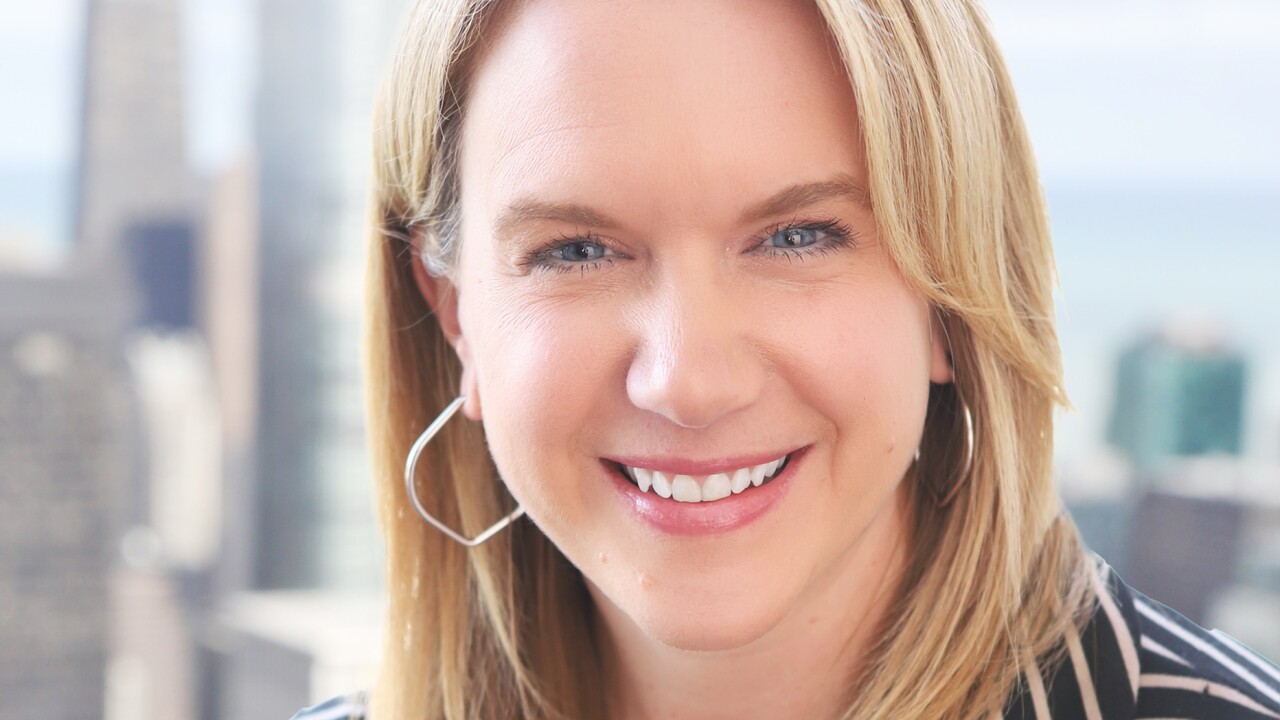California has passed a disconcerting milestone in payday lending. In 2016, residents 62 and older took out more payday loans than any other age group, according to industry
Seniors entered into nearly 2.7 million payday transactions, 18.4% more than the age group with the second-highest total (32 to 41 years old). It marked the first time that the DBO report on payday lending, published annually, showed seniors as the top payday lending recipients. The total transactions by the oldest Californians in 2016 represented a 60.3% increase from the number reported for that age group in 2013.
In California, payday loans cannot exceed $300, and the maximum term is 31 days. The fees can bring annual percentage rates that top 400%. In 2016, the average APR was 372%, according to the DBO report.

Customers typically resort to payday loans to get through unexpected financial challenges. Often they take out multiple loans in a year, ending up in what critics call a “debt trap.” In 2016, California seniors were repeat customers more often than other groups, according to the DBO report. The average payday loan borrower 62 years or older took out almost seven payday loans last year, compared with the average of 6.4 loans for all customers.
The payday lending data not only indicates troubling signs about the debt burden for seniors, but also provides evidence of the disturbingly weak state of retirement security for state residents.
California state officials have tried to strengthen retirement security through a program to enroll private-sector workers, who are not currently enrolled, into a retirement account. The Secure Choice program requires employers with five or more employees to make the program available to their workers. Payroll deductions start at 3% and can go as high as 8%. Employees are automatically enrolled in the program unless they opt out.
But the program is under attack by President Trump and the Republican Congress. In early May, Trump signed a GOP-passed congressional resolution that reversed a 2016 regulation that explicitly gave Secure Choice a safe harbor from having to comply with the Employee Retirement Income Security Act of 1974.
Secure Choice’s sponsors have blamed the setback on GOP adherence to the wishes of Wall Street megafirms, which view programs like Secure Choice as competitors in the retirement savings management sector. Backers argue Secure Choice is legally sound, even without the explicit ERISA safe harbor. Let’s hope they’re right. California seniors deserve better than a retirement filled with payday loans.
Proponents say Secure Choice could provide retirement savings for roughly 7 million private-sector workers. The program responds to a decadeslong trend that has seen a steady decline in worker access to pensions and retirement savings plans.
Consider this data cited from various sources on the state treasurer’s Secure Choice
- In California, 7.5 million private-sector workers have no access to retirement savings plans through their employer.
- More than 50% of households will enter retirement without sufficient income to maintain their standard of living.
- Roughly 30% of households headed by persons 55 or older have no retirement savings.
- More than one-fifth of retirees rely on Social Security for 90% of their income.
- Social Security provides more than half of the income for 62% of retirees.
These numbers help explain why California seniors increasingly have turned to payday loans. With no nest egg to tap, many may look at a payday storefront and see their only chance. If Secure Choice works, millions of Californians will enjoy more secure retirements, and avoid the desperation that provides fertile ground for payday lending.





